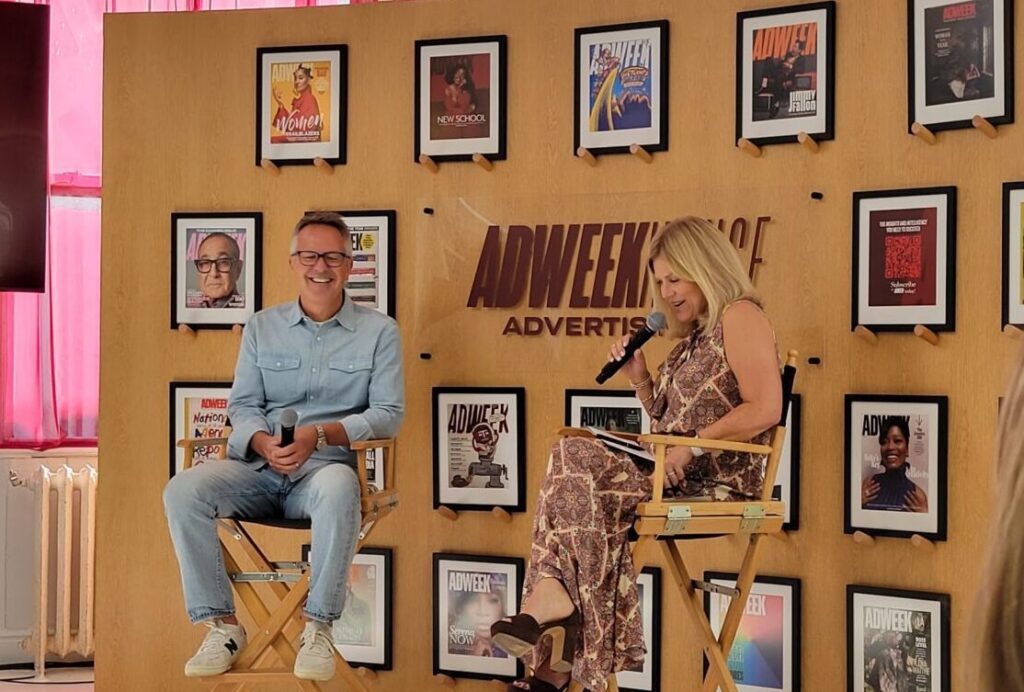For many digital marketers, demonstrating ROI has often been an uphill battle. As data and analytics continue to evolve, the pressure only continues to mount.
CEOs are demanding concrete results. They want to know exactly how many new users and how much new revenue their digital campaigns brought in last quarter—and, unfortunately, many marketing departments struggle to deliver much (if any) good news.
 This problem may be coming to a head in 2017, as Forrester Research predicts 30% of CMOs will be fired this year due to underwhelming performance in the digital realm. Coca-Cola is one noteworthy brand that recently eliminated its CMO position altogether, creating a “chief growth officer” role instead.
This problem may be coming to a head in 2017, as Forrester Research predicts 30% of CMOs will be fired this year due to underwhelming performance in the digital realm. Coca-Cola is one noteworthy brand that recently eliminated its CMO position altogether, creating a “chief growth officer” role instead.
Brands are taking drastic measures to boost their digital marketing returns. If they aren’t firing their CMOs, they’re choosing to pour more money into things like media buying or MarTech platforms. Essentially, they’re doubling down on strategies and partnerships that aren’t delivering optimal results.
While media and technology can work to boost your success, many companies overlook an easier means to get clear, measurable results from their campaigns: creative.
Embracing Performance Creative
I once heard a young manager at a now-defunct startup refer to email creative as “just creative”—like it was a commodity a robot could (and should) direct.
This couldn’t be further from the truth.
Slight variations to an ad’s creative—whether it’s different headlines, color schemes, or offer expressions—can consistently improve response rates from 20% to 50% or more. For companies with high customer lifetime values, the lifts just from new creative could translate to millions in incremental revenue.
Performance creative focuses on optimizing ads toward a primary action-based goal—one that typically revolves around generating more clicks, calls or conversions. To ensure effectiveness, keep these three vital tips in mind:
1. Focus on ‘What’s in It for Me?’
There’s a saying: “You can’t read the label when you’re inside the jar.” Marketers live and breathe the products and services they work on, but their audiences only have a microfraction of the same interest and attention span. That’s why it’s important for brands to step away from their offices, take a walk in their audiences’ shoes, and ask themselves, “What’s in it for me?”
Work to identify the single most important message that would catch a customer’s attention and make him or her want to stop and learn more. Make sure that message is visible within one or two seconds of encountering your ad.
As business leader and advisor Howard Tullman wisely said, “Don’t sell drills, sell holes.” Your message should highlight the personal benefits an audience will reap from your product or service. When possible, strike an emotional response because, according to psychological studies, consumers prioritize their personal emotions over information, features, and facts.
2. Build Trust and Address Hurdles
Once your creative has captured a reader’s interest, your next challenge is to address and overcome the barriers that stand in the way of your desired call to action.
So how can you identify these top barriers or hurdles? They tend to revolve around a four-letter word: work. How much effort will be involved for the reader to engage with us? Customers are innately wary of investing unnecessary effort, so your messages should avoid insinuations of work, hassle and cost.
Another great method to identify hurdles involves collaborating with your organization’s other departments. Your customer service team, for example, is on the front lines. These individuals witness and troubleshoot the most common questions and pain points your potential and current clients experience on a day-to-day basis. Their insights should fuel your creative approach.
Customer testimonials are another great way to alleviate hurdles. Ninety percent of consumers read online reviews before engaging with brands. So tap into what folks are saying about your product or service on social media, and incorporate this good cheer into your creative strategy. Just make sure you ask for permission before doing so.
3. Respect Your Audience and Your Brand
In some cases, performance marketing has developed a stigma for being a venue where brands are “sacrificed” in order to achieve sign-ups or sales. But this isn’t accurate, nor is it wise. Your brand will outlast its offers, so make sure you leave a positive, lasting impression.
A harsh reality for most marketing channels is that at least 90% of your audience will not perform the desired call to action. However, that doesn’t mean these non-responders will never be interested in what you have to offer. Often, it can take weeks or months to transform interested non-responders into customers—and a savvy performance creative approach will ensure campaigns appeal to these individuals every step of the way.
A key to long-term, sustainable ROI is to ensure you’re constantly treating both your audience and your brand with respect. Stay true to your unique values and leverage your brand trust to make prospects feel more comfortable.
The next time you are looking for a proven, measurable boost to your upcoming digital campaigns, think twice before pouring money into more media or another MarTech white knight. The right creative strategy and execution can provide a shorter-term, more cost-effective, greater lift to your digital marketing initiatives.
Tim Carr is the chief lifter at LIFT Agency. He can be reached at tim.carr.liftagency@gmail.com.
Related articles:

 Network
Network

